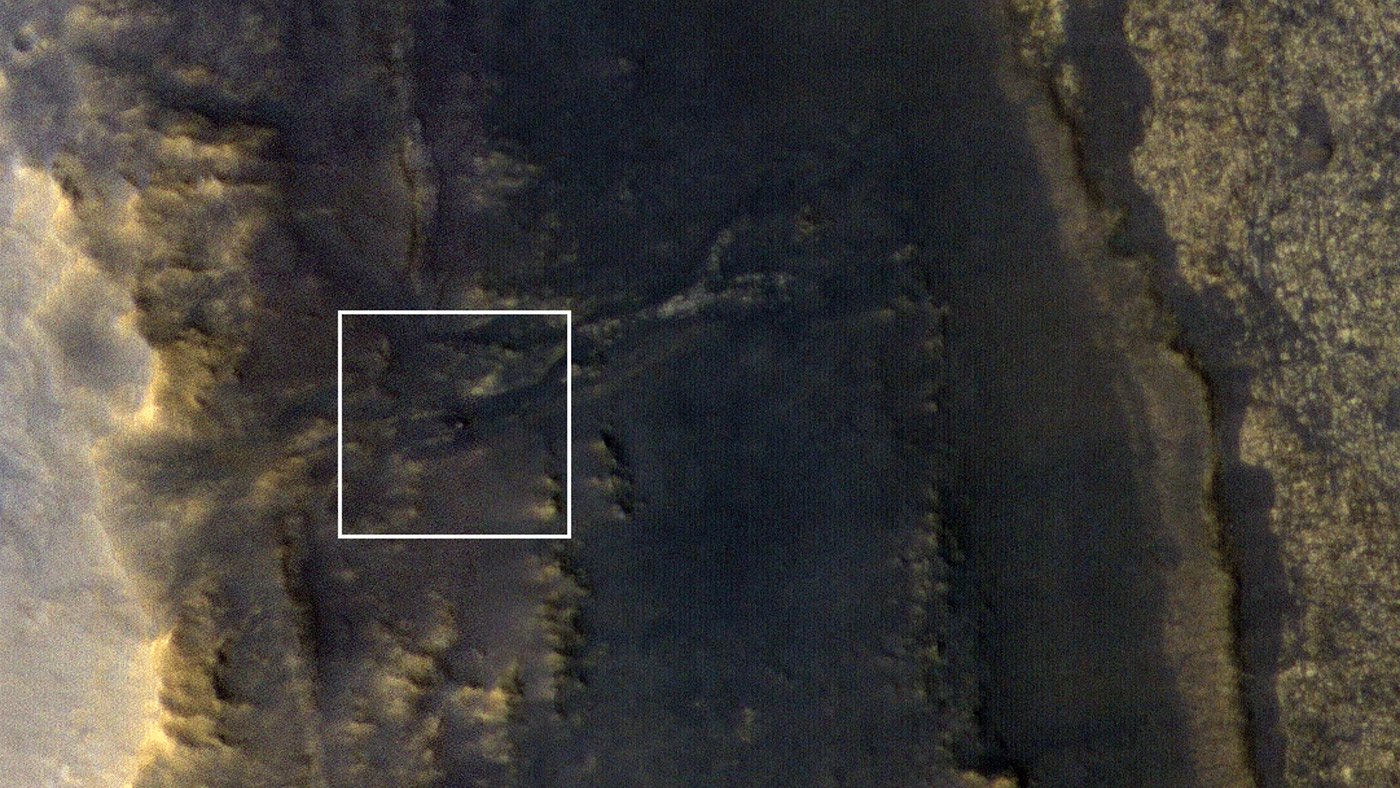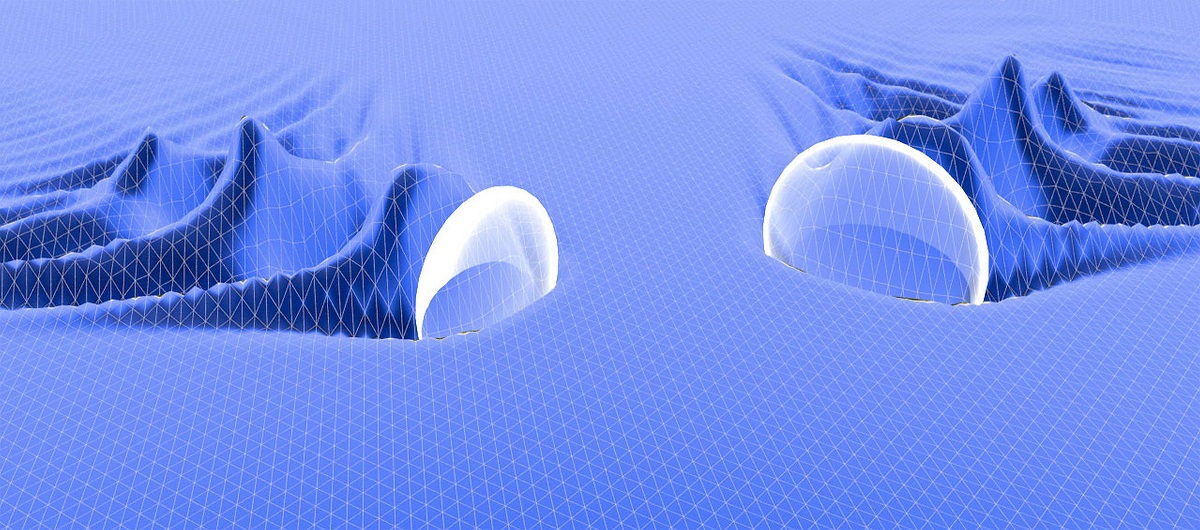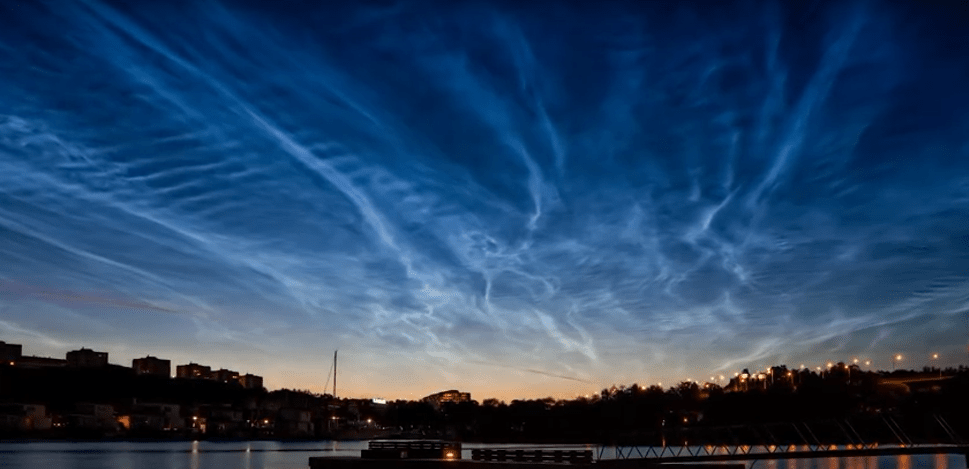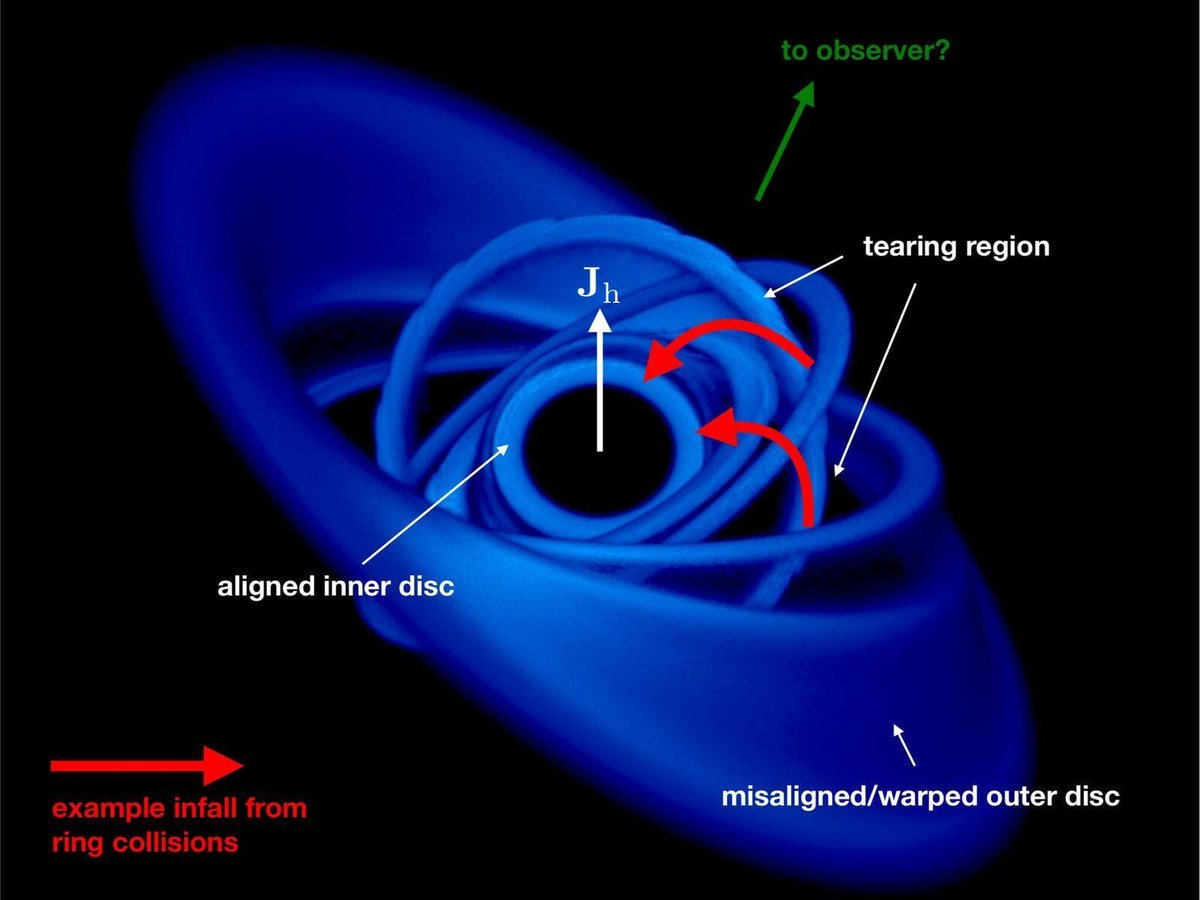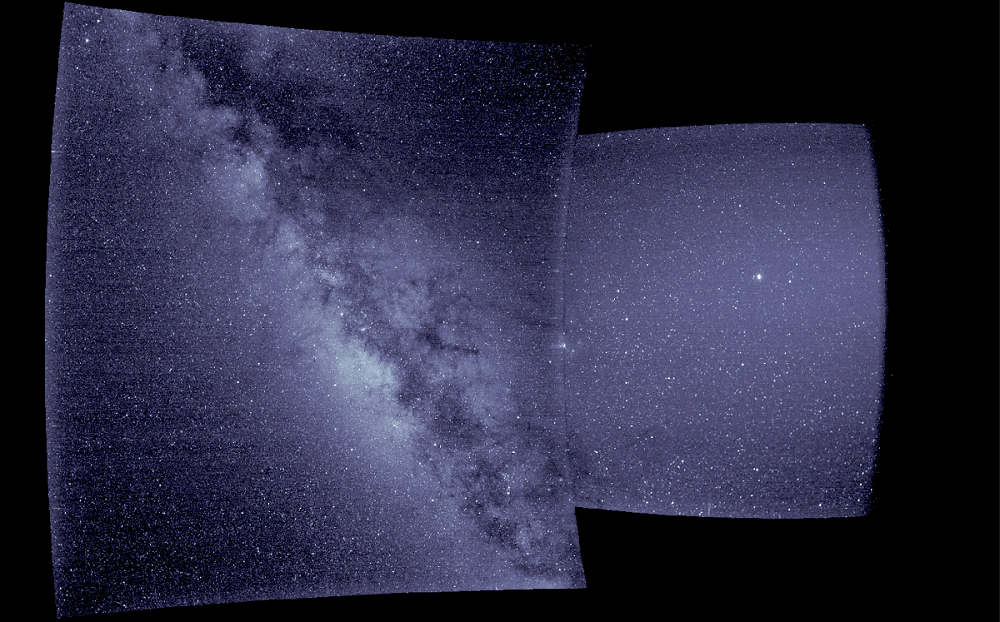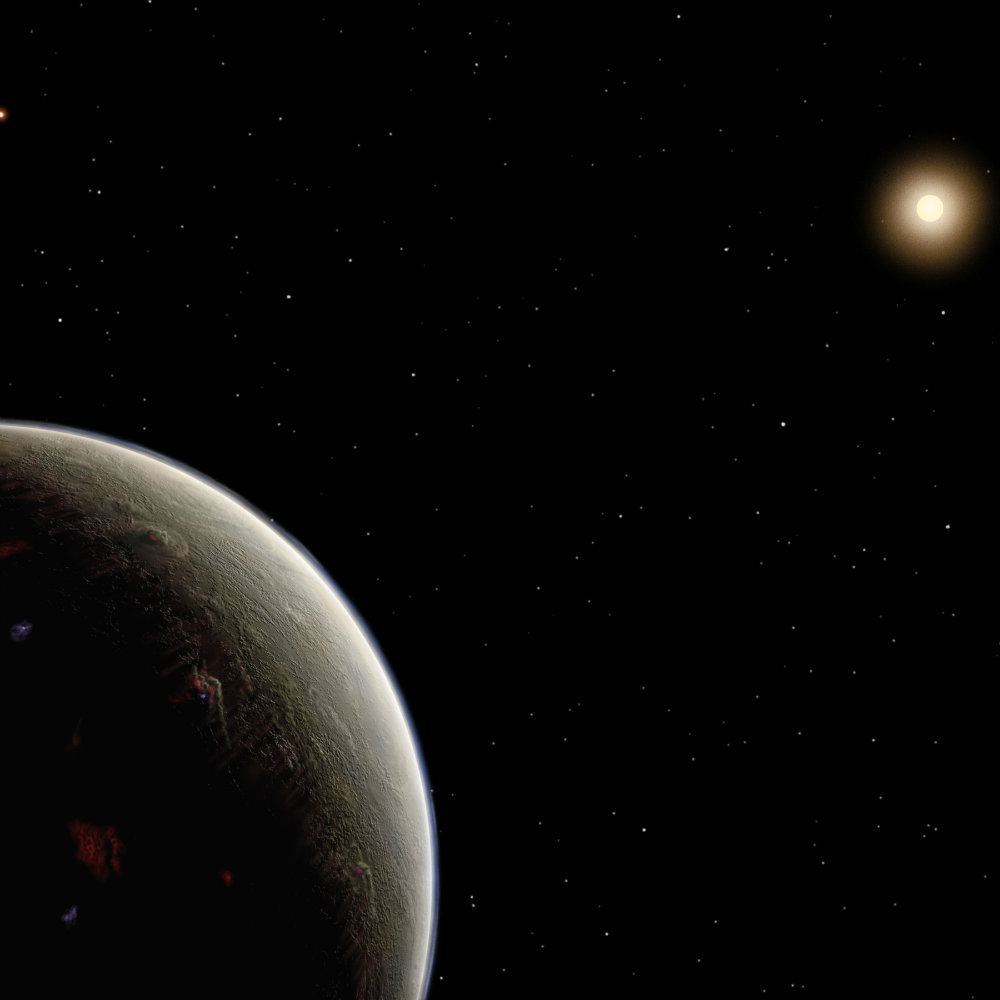On August 12th, 2018, NASA launched the first spacecraft that will ever “touch” the face of the Sun. This was none other than the Parker Solar Probe, a mission that will revolutionize our understanding of the Sun, solar wind, and “space weather” events like solar flares. Whereas previous missions have observed the Sun, the Parker Solar Probe will provide the closest observations in history by entering the Sun’s atmosphere (aka. the corona).
And now, just over a month into the its mission, the Parker Solar Probe has captured and returned its first-light data. This data, which consisted of images of the Milky Way and Jupiter, was collected by the probe’s four instrument suites. While the images were not aimed at the Sun, the probe’s primary focus of study, they successfully demonstrated that the Parker probe’s instruments are in good working order.
Continue reading “Here are the First Pictures From the Parker Solar Probe. Wait… That’s Not the Sun”

